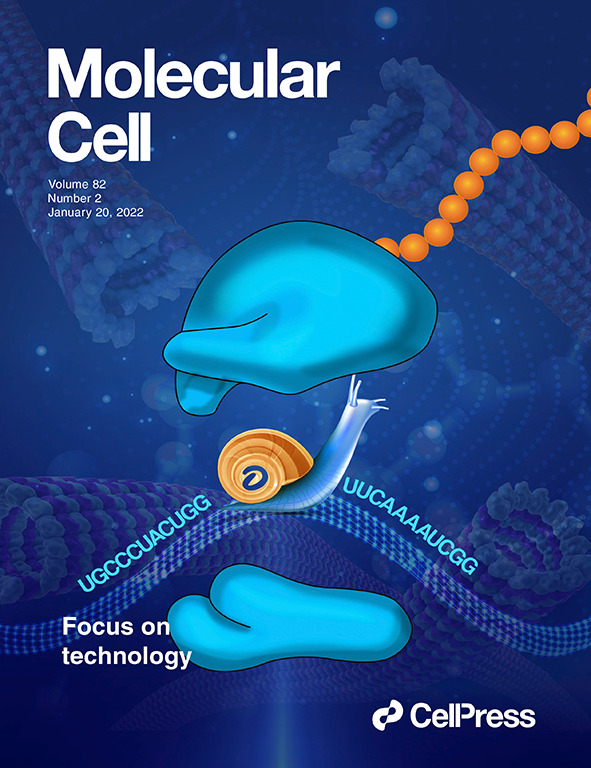Evaluation of organ developmental toxicity of environmental toxicants using zebrafish embryos
IF 6.5
3区 生物学
Q2 BIOCHEMISTRY & MOLECULAR BIOLOGY
引用次数: 0
Abstract
There is increasing global concern about environmental pollutants, such as heavy metals, plastics, pharmaceuticals, personal care products, and pesticides, which have been detected in a variety of environments and are likely to be exposed to nontarget organisms, including humans. Various animal models have been utilized for toxicity assessment, and zebrafish are particularly valuable for studying the toxicity of various compounds owing to their similarity to other aquatic organisms and 70% genetic similarity to humans. Their development is easy to observe, and transgenic models for organs such as the heart, liver, blood vessels, and nervous system enable efficient studies of organ-specific toxicity. This suggests that zebrafish are a valuable tool for evaluating toxicity in specific organs and forecasting the potential impacts on other nontarget species. This review describes organ toxicity caused by various toxic substances and their mechanisms in zebrafish.
利用斑马鱼胚胎评估环境毒物对器官发育的毒性。
全球对重金属、塑料、药品、个人护理产品(PPCPs)和杀虫剂等环境污染物的关注与日俱增,这些污染物已在各种环境中被检测到,并有可能接触到包括人类在内的非目标生物。人们利用各种动物模型进行毒性评估,其中斑马鱼因其与其他水生生物的相似性和与人类 70% 的遗传相似性,对研究各种化合物的毒性尤为重要。斑马鱼的发育过程易于观察,心脏、肝脏、血管和神经系统等器官的转基因模型可有效研究特定器官的毒性。这表明斑马鱼是评估特定器官毒性和预测对其他非目标物种潜在影响的重要工具。本综述介绍了各种有毒物质对斑马鱼器官的毒性及其机制。
本文章由计算机程序翻译,如有差异,请以英文原文为准。
求助全文
约1分钟内获得全文
求助全文
来源期刊

Molecules and Cells
生物-生化与分子生物学
CiteScore
6.60
自引率
10.50%
发文量
83
审稿时长
2.3 months
期刊介绍:
Molecules and Cells is an international on-line open-access journal devoted to the advancement and dissemination of fundamental knowledge in molecular and cellular biology. It was launched in 1990 and ISO abbreviation is "Mol. Cells". Reports on a broad range of topics of general interest to molecular and cell biologists are published. It is published on the last day of each month by the Korean Society for Molecular and Cellular Biology.
 求助内容:
求助内容: 应助结果提醒方式:
应助结果提醒方式:


